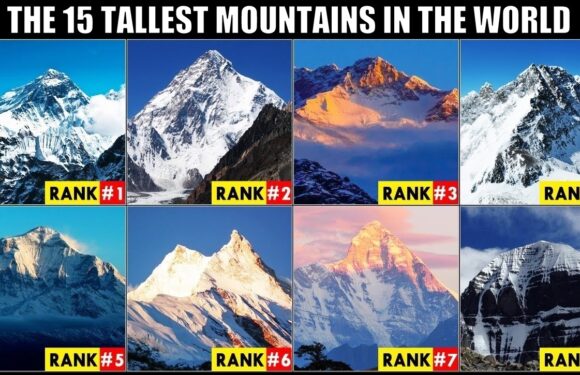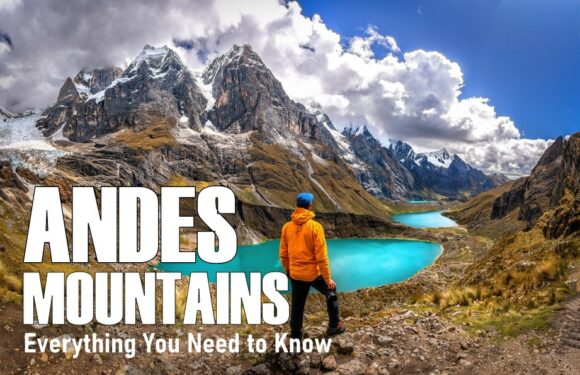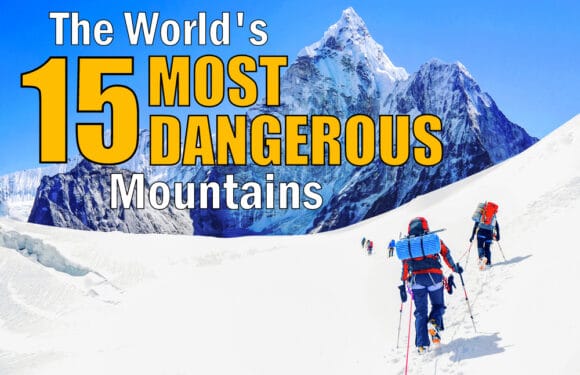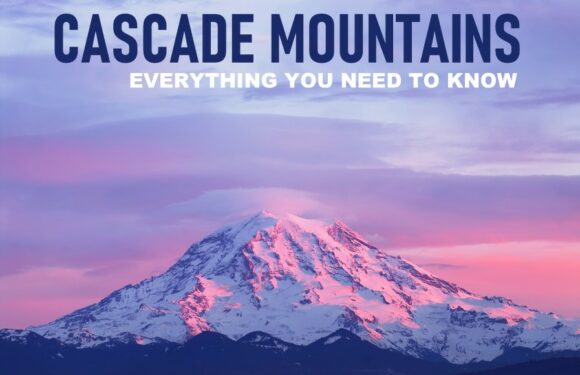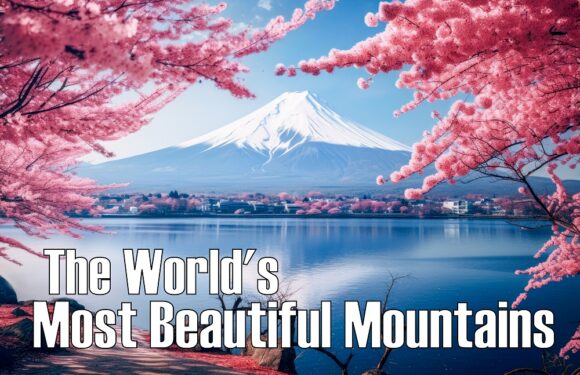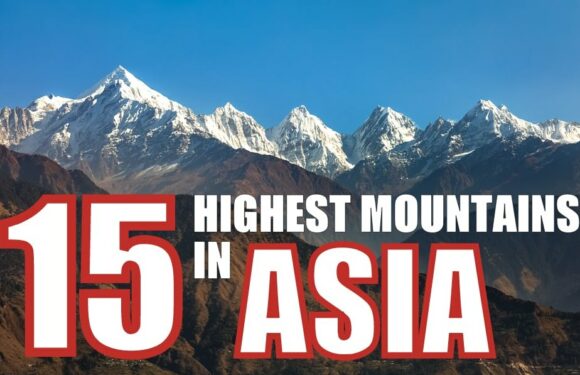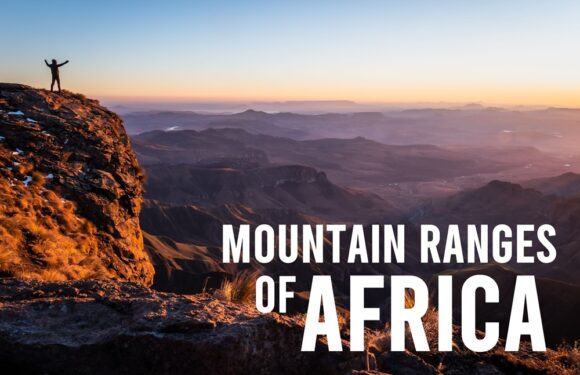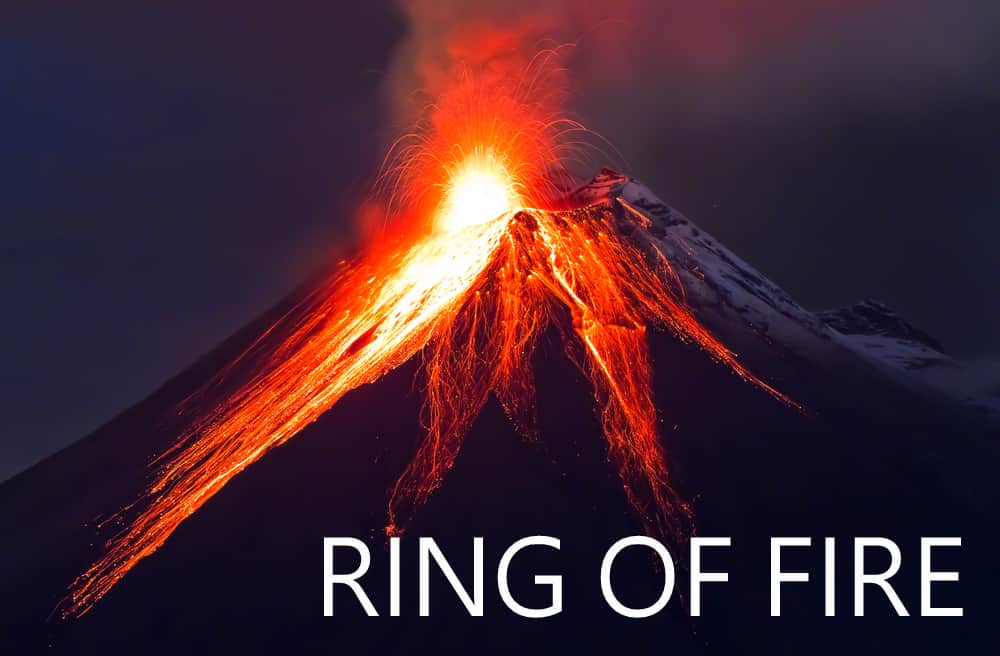
What is the Pacific Ring of Fire?
The Pacific Ring of Fire is a zone in the Pacific Ocean that experiences frequent volcanic activity and earthquakes. This region contains several major and minor tectonic plates that interact to create geological disturbances.
The Ring of Fire hosts over 75% of the world’s active and dormant volcanoes and approximately 90% of the world’s earthquakes occur, making it the most seismically active region on Earth.
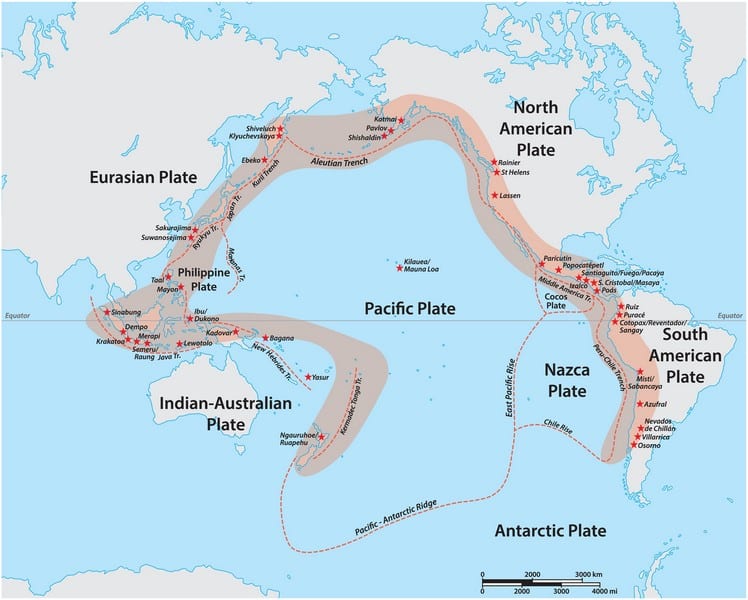
Where is it Located?
The Pacific Ring of Fire stretches for about 25,000 miles (40,000 kilometers). It starts from the western edge of the South American coast, moves up along the North American coastline and across the Bering Strait, then down through Japan and into New Zealand. This area includes some of the world’s longest mountain ranges, deep ocean trenches, and a series of volcanic belts.
The horseshoe-shaped zone incudes countries such as Chile, the United States, Japan, the Philippines, and Indonesia, which feature some of the world’s most active volcanoes. Major cities like Tokyo, Manila, San Francisco, and Santiago are situated close to the Ring of Fire.
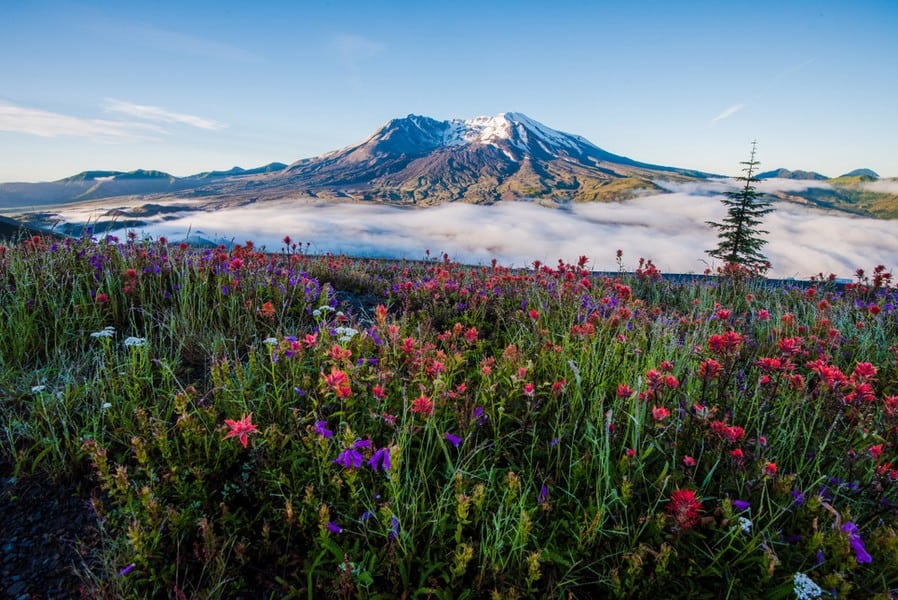
There are 452 volcanoes in the Ring of Fire. Here’s a list of some major volcanoes:
- Mount St. Helens – United States (Washington)
- Mount Rainier – United States (Washington)
- Mount Fuji – Japan
- Mount Mayon – Philippines
- Mount Merapi – Indonesia
- Popocatépetl – Mexico
- Mount Ruapehu – New Zealand
- Mount Pinatubo – Philippines
- Mount Erebus – Antarctica
- Cotopaxi – Ecuador
- Mount Shasta – United States (California)
- Krakatoa (Krakatau) – Indonesia
- Mount Vesuvius – Italy
- Colima (Volcán de Colima) – Mexico
- Mount Nyiragongo – Democratic Republic of the Congo
How Was it Formed?
The Pacific Ring of Fire is a result of movement of the Earth’s tectonic plates.
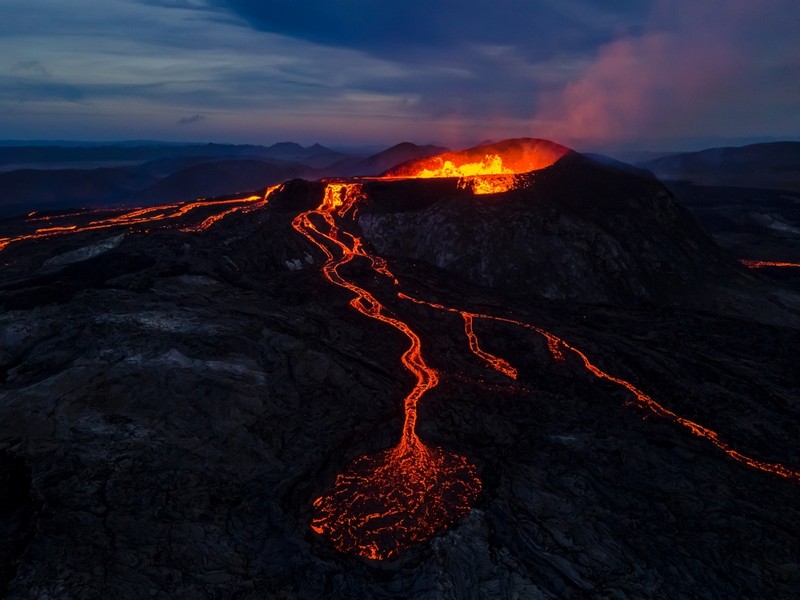
When oceanic plates, which carry the ocean floor, move towards continental plates, which carry land, the oceanic plates are often pushed underneath the continental plates in a process called subduction. This leads to melting of the subducted plate and surrounding mantle materials, causing magma to rise and form volcanoes. Additionally, the intense pressure and friction at these boundaries also trigger earthquakes.
Historically, the formation of the Ring of Fire has been an ongoing process that began millions of years ago, and it continues to evolve even today.
Natural Disasters
The Ring of Fire’s prolific seismic and volcanic activity makes it one of the most disaster-prone areas on Earth. The earthquakes are often a result of the tectonic plates grinding against or overriding each other, releasing vast amounts of energy. Four of the most powerful earthquakes ever recorded occurred in the Ring of Fire. Similarly, the abundance of volcanoes regularly spew lava, ash, and gases into the atmosphere.
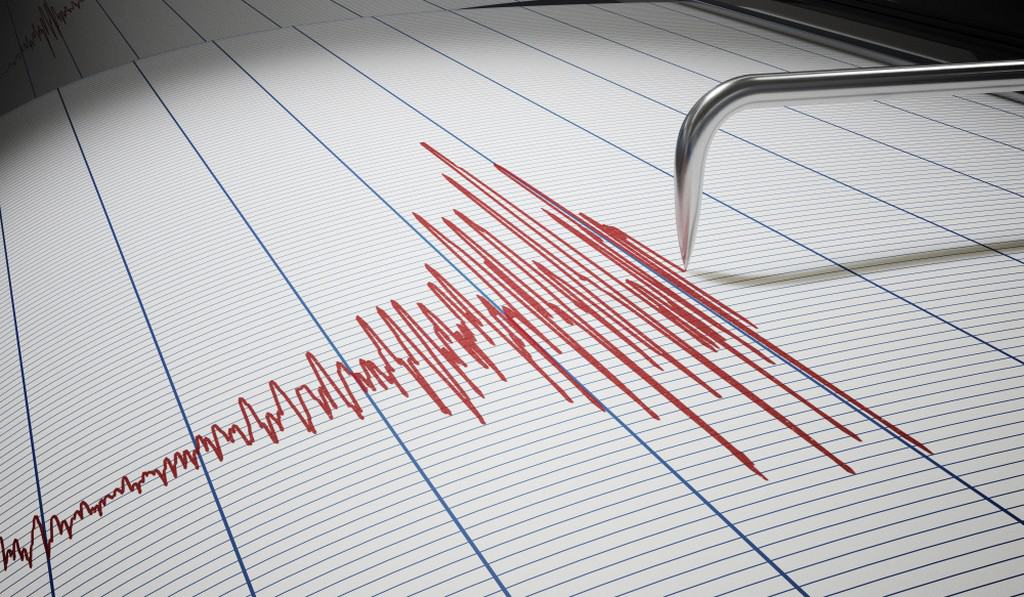
Countries situated along the Ring of Fire have to constantly prepare for the possibility of natural disasters. For instance, Japan and New Zealand have developed some of the most advanced earthquake readiness and response systems in the world. These include strict building codes, early warning systems, and education programs aimed at minimizing the damage and casualties during such events.



















































